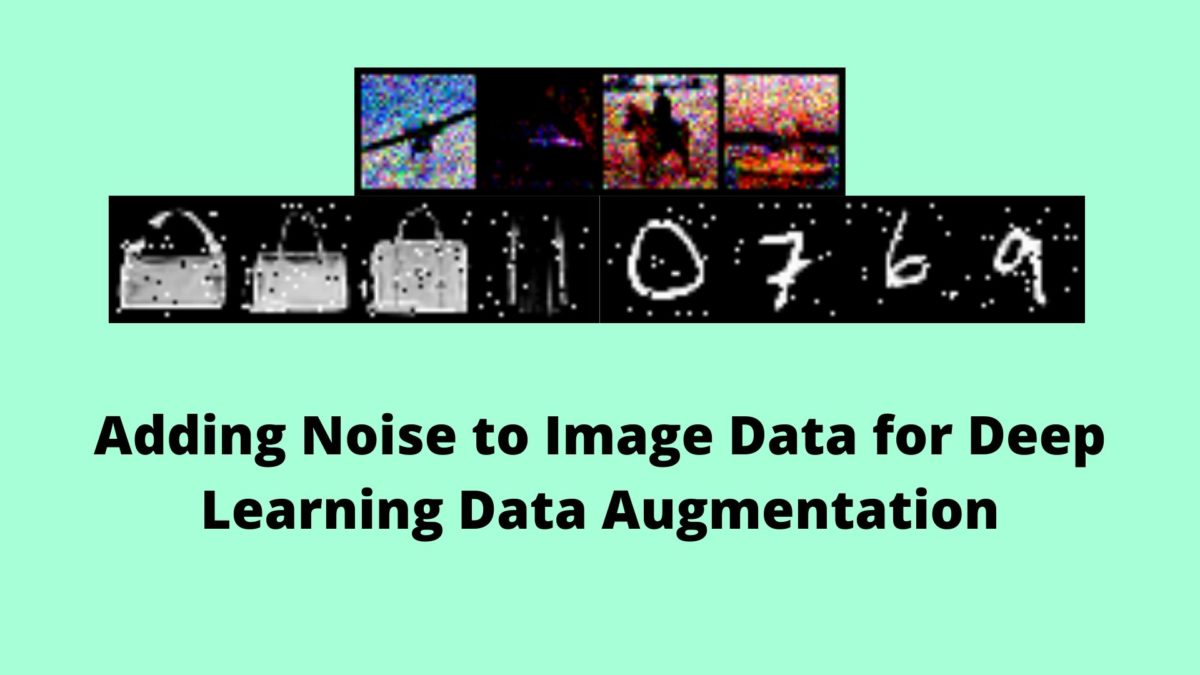
In order to train our custom Keras and TensorFlow model, we’ll be utilizing two datasets:

On the right, we have the Kaggle A-Z dataset from Sachin Patel, which is based on the NIST Special Database 19. On the left, we have the standard MNIST 0-9 dataset. To learn how to train an OCR model with Keras, TensorFlow, and deep learning, just keep reading.įigure 1: We are using two datasets for our OCR training with Keras and TensorFlow. We’ll be starting with the fundamentals of using well-known handwriting datasets and training a ResNet deep learning model on these data. Understand some of the challenges with real-world noisy data and how we might want to augment our handwriting datasets to improve our model and results.Gain experience in applying our custom-trained model to some real-world sample data.Understand how to train deep learning model to recognize handwritten digits and letters.Become familiar with some well-known, readily available handwriting datasets for both digits and letters.The goal of this two-part series is to obtain a deeper understanding of how deep learning is applied to the classification of handwriting, and more specifically, our goal is to:

Part 2: Basic handwriting recognition with Keras and TensorFlow (next week’s post)įor now, we’ll primarily be focusing on how to train a custom Keras/TensorFlow model to recognize alphanumeric characters (i.e., the digits 0-9 and the letters A-Z).īuilding on today’s post, next week we’ll learn how we can use this model to correctly classify handwritten characters in custom input images.Part 1: Training an OCR model with Keras and TensorFlow (today’s post).This post is the first in a two-part series on OCR with Keras and TensorFlow: In this tutorial, you will learn how to train an Optical Character Recognition (OCR) model using Keras, TensorFlow, and Deep Learning. Click here to download the source code to this post


 0 kommentar(er)
0 kommentar(er)
